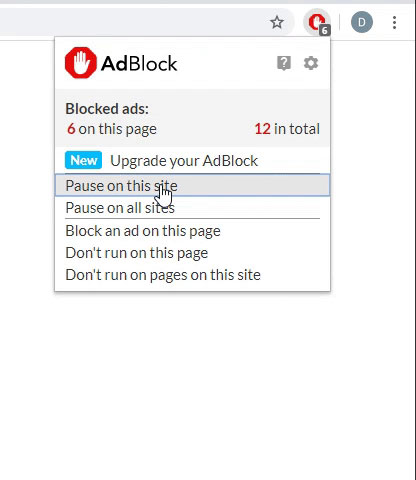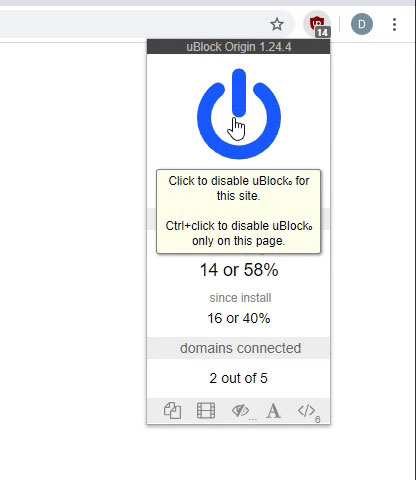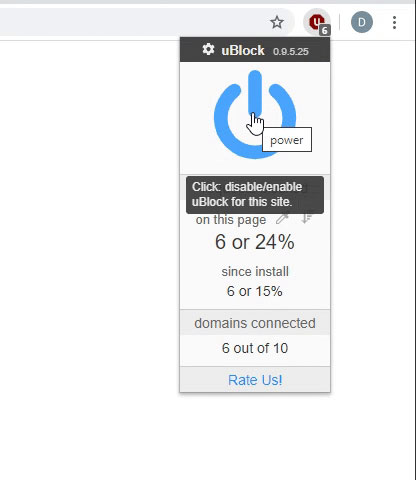jimrward
Well-known Member
- Joined
- Feb 24, 2003
- Messages
- 1,878
- Office Version
- 2016
- 2013
- 2011
- 2010
- 2007
- Platform
- Windows
I have a rows of data which contain variable numbers of columns, some with values some without.
What i need to do is take the average of the best 5 from the last six non zero values, providing there are more than 5 columns, if there are only 5 then just the average.
What i need to do is take the average of the best 5 from the last six non zero values, providing there are more than 5 columns, if there are only 5 then just the average.





